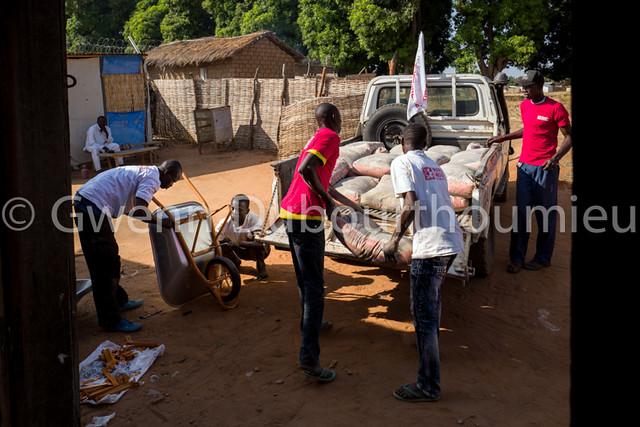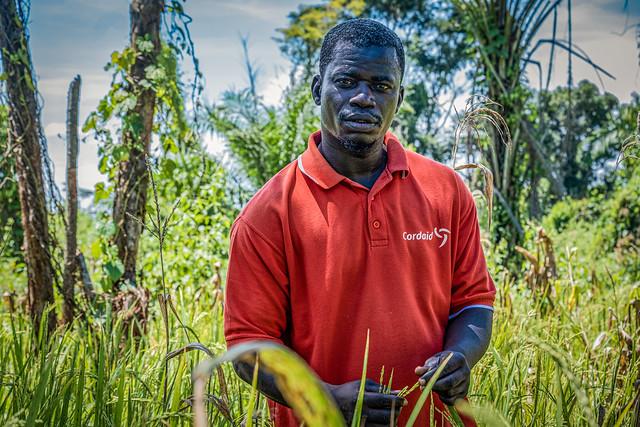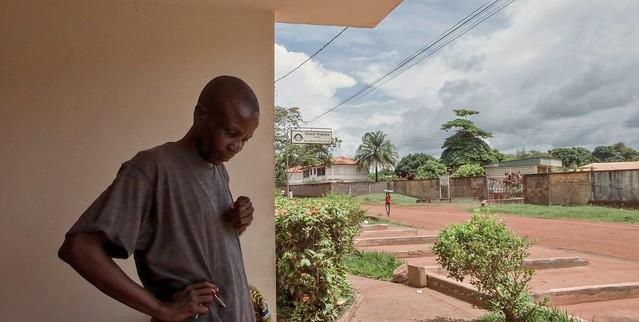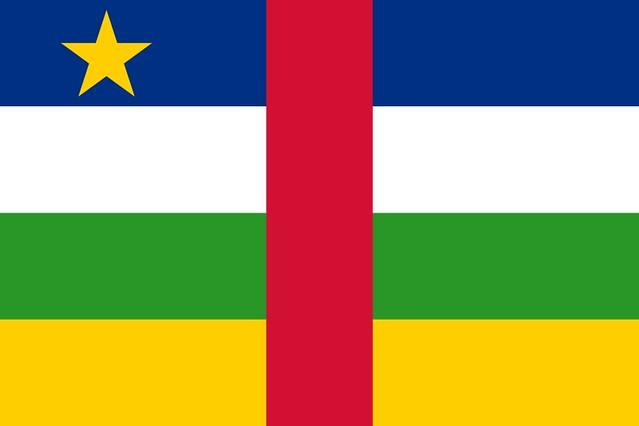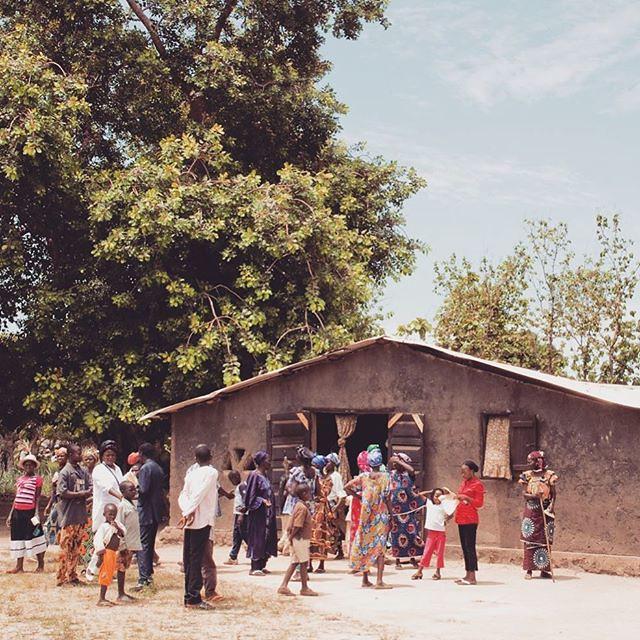

Bria
Overview
Overview of Bria
Bria, the capital of the Haute-Kotto Prefecture in the Central African Republic, is a vibrant city that offers a fascinating glimpse into the heart of Central African culture and life. Nestled along the banks of the river Mbomou, Bria serves as a crucial economic hub for the region, connecting various communities through trade and cultural exchange. The city is characterized by its bustling markets, where local artisans display their crafts and sellers offer a variety of goods ranging from traditional textiles to fresh produce. The atmosphere in Bria is lively, with the sounds of laughter, bargaining, and music blending harmoniously to create an engaging experience for visitors.
Cultural Significance
The culture of Bria is a rich tapestry woven from the traditions of various ethnic groups, primarily the Gbaya and the Banda peoples. This diversity is reflected in the city's festivals, music, and dance, which play a vital role in community life. Traditional ceremonies often feature vibrant costumes, rhythmic drumming, and captivating storytelling that recount the history and folklore of the region. Visitors to Bria may have the opportunity to participate in or observe these festivities, providing an authentic experience that highlights the city's cultural heritage.
Historical Context
Bria has a significant historical background, having been a vital center during the colonial period and the subsequent conflicts that have shaped the Central African Republic. The city has seen its share of turmoil, but it has also been a place of resilience and rebuilding. Historical landmarks, such as the remnants of colonial architecture and local museums, offer insights into the region's past. Exploring these sites helps visitors understand the complex narrative of Bria and its role in the broader history of the Central African Republic.
Local Characteristics
One of the unique aspects of Bria is its geographical location, which provides stunning natural scenery, including lush landscapes and the nearby river. The local flora and fauna add to the city's charm, making it a picturesque destination for nature lovers. The climate is typically tropical, with a wet season that nourishes the surrounding vegetation, enhancing the city’s beauty. The warm and welcoming nature of the local inhabitants makes Bria a friendly place for travelers, who often find themselves invited to share in meals or local customs.
Community and Economy
The economy of Bria is largely driven by agriculture, with many residents engaged in farming and livestock rearing. The city's markets are vibrant centers of commerce, where locals trade their goods, showcasing the agricultural bounty of the region. Additionally, artisanal crafts such as pottery, weaving, and woodwork are significant, with artisans often using traditional methods passed down through generations. Visitors can support the local economy by purchasing handmade crafts, which also serve as wonderful souvenirs that carry the spirit of Bria.
Travel Tips
For those considering a visit to Bria, it is advisable to learn a few basic phrases in Sango, the national language, as it can enhance interactions with the locals. Understanding cultural norms and customs—such as respectful greetings and dress codes—will enrich your experience. While Bria is increasingly welcoming to tourists, it is essential to stay informed about current safety guidelines and local conditions. Engaging with local guides can provide deeper insights and a more immersive experience of this captivating city.
Other towns or cities you may like in Central African Republic
Explore other cities that share similar charm and attractions.



